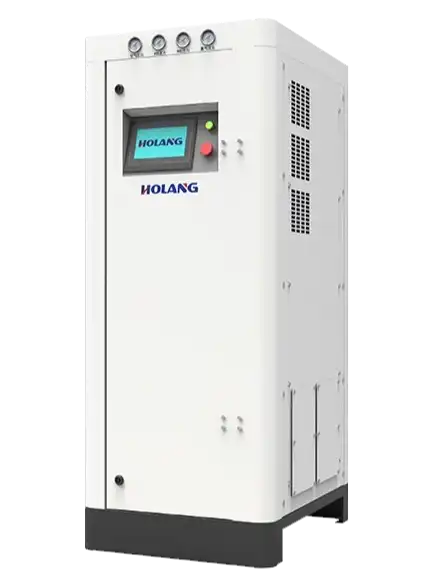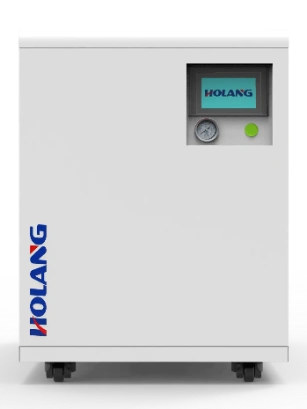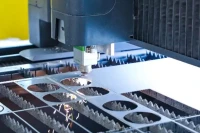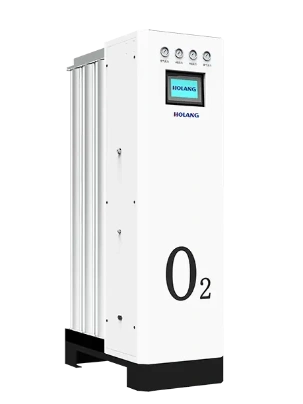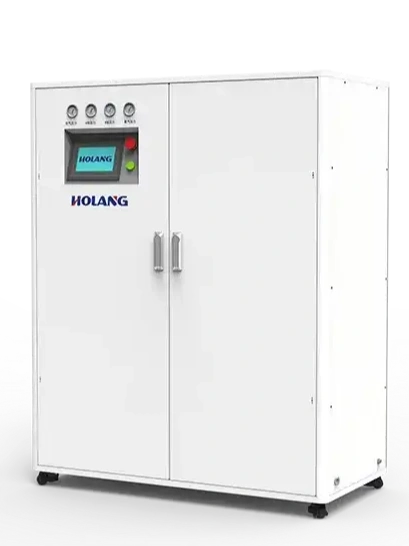During real-world operation, a drop in nitrogen purity is one of the most common issues in PSA nitrogen generation systems. Based on extensive onsite data collected by HOLANG across electronics manufacturing, food processing, laser applications, lithium battery materials, and 3D printing industries, most purity fluctuations are not caused by equipment malfunction. Instead, they stem from changes in upstream air conditions or insufficient maintenance within the overall gas supply chain.
To help engineers quickly identify causes and improve system stability, we have summarized the key factors that typically lead to purity decline.
1) Insufficient Air Supply: Incomplete Adsorption
PSA nitrogen generation relies heavily on adequate air supply. If the air volume is insufficient, the adsorber cannot be fully packed, causing purity to drop continuously.
Common causes include:
-
Compressor output reduction or performance degradation
-
Pressure loss due to clogged pre-filters
-
Excessive pipeline length or too many bends
-
Pressure instability in the air receiver tank
Impact mechanism:
Insufficient air supply results in incomplete adsorption, lower separation efficiency, and stepwise purity decline.
Recommended actions:
Verify compressor output, replace filters, optimize pipeline layout, and check whether new consumption points were added.
2) Poor Air Quality: Moisture, Oil, and Contaminants Reduce Adsorption Capacity
PSA systems require dry and clean compressed air. Elevated moisture, oil carryover, or particulate contamination can significantly weaken carbon molecular sieve (CMS) performance.
Typical scenarios:
-
Dryer dew point rising
-
Compressor lubricating oil entering the air line
-
Filters not replaced on schedule
-
Higher inlet temperature and humidity during summer
Observed effects:
Purity decrease, reduced nitrogen output, and longer tower pressure recovery time.
Recommendations:
Replace filtration consumables, check dryer performance, and inspect the compressor for oil carryover.
3) Natural Aging of Carbon Molecular Sieve: Gradual Performance Decline
Even under proper maintenance, CMS experiences natural aging during long-term operation.
Typical indicators:
-
Lower adsorption efficiency
-
Increased purity fluctuation
-
Slower tower pressure build-up
Industry data shows that CMS typically loses 3–5% performance per year, with faster decay after the third year.
Recommendation:
Evaluate CMS condition after three years of operation, and replace when needed to restore performance.
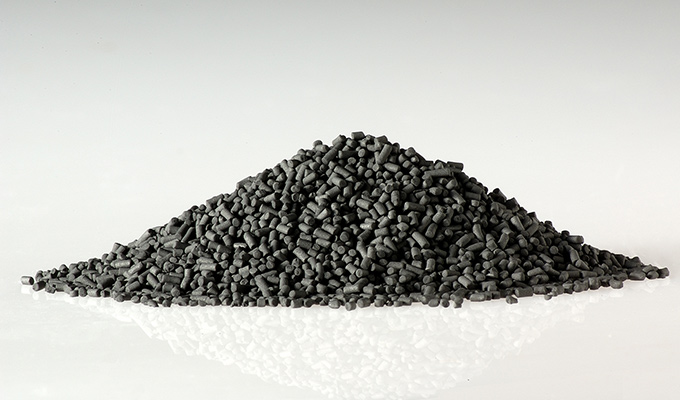
4) Valve Switching Abnormalities: Disrupted PSA Cycle Timing
Stable PSA operation depends on precise valve switching between adsorption and regeneration.
Any deviation in valve performance disrupts the cycle.
Common issues:
-
Delayed switching
-
Valve seat wear causing leakage
-
Solenoid sticking
-
Actuator not reaching full position
Impact mechanism:
Slow switching or leakage results in incomplete adsorption or insufficient regeneration, leading directly to purity decline.
Recommended actions:
Check valve switching time and sealing condition; maintain or replace components as necessary.

5) System Leakage: Pressure Loss Leading to Purity Drop
Leakage is one of the most underestimated factors onsite, yet it has a large impact on purity stability.
Typical leak points:
-
Loose pipe fittings
-
Aged quick connectors
-
Failed thread-sealing materials
-
Downstream equipment leakage
-
Unclosed distribution points
Impact mechanism:
Leaks prevent the system from maintaining stable pressure, causing the nitrogen generator to fall out of its designed operating state.
Recommendations:
Conduct full-system leak testing, inspect fittings, and regularly check pipeline aging.
6) Load Variation: Actual Consumption Exceeding System Capacity
Industries like SMT, electronics assembly, and laser cutting often experience fluctuating nitrogen demand due to production scheduling and peak loads.
Common scenarios:
-
Additional equipment without capacity expansion
-
Sudden daytime load spikes
-
Changes in production takt time increasing instantaneous flow
-
Temperature and humidity affecting air system performance
Impact mechanism:
When actual consumption surpasses system design capacity, purity and pressure inevitably drop.
Recommended actions:
Evaluate hourly load profiles, expand capacity when needed, or use modular parallel systems for flexible scaling.
Conclusion
Nitrogen purity decline is rarely caused by a single failure. It usually reflects a deviation somewhere along the gas supply chain.
Maintaining stable inlet conditions, implementing structured maintenance routines, and planning capacity based on actual load profiles are essential for ensuring long-term high-purity nitrogen supply.
HOLANG will continue leveraging industry experience and onsite data to provide more stable, reliable onsite nitrogen solutions for global customers.

